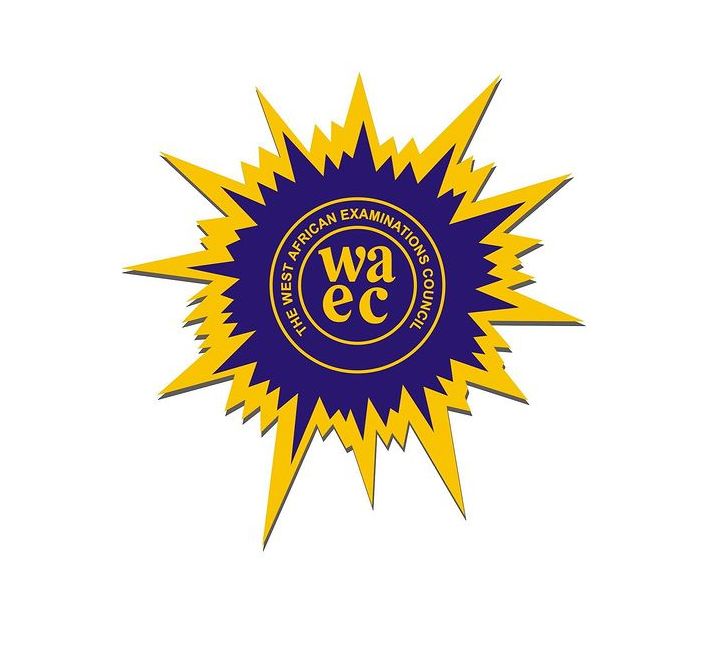
How old is WAEC in Nigeria?
How old is WAEC in Nigeria?
Education has long been a cornerstone of societal progress, and in Nigeria, the West African Examinations Council (WAEC) stands as a testament to the commitment towards academic excellence. Let’s delve into the rich history and evolution of WAEC, exploring its impact on the Nigerian education system.
Origin and Inception
Foundation and Early Years
Established in 1952, WAEC was founded with the primary objective of conducting standardized examinations at the secondary school level. The early years were marked by a commitment to fostering educational standards and providing a fair assessment platform for students.
WAEC’s Mission and Objectives
From its inception, WAEC aimed to ensure the quality and credibility of educational assessments in West Africa. The mission was clear – to contribute to the development of a sound education system that would produce globally competitive individuals.
VIEW ALSO : Does Ghana have WAEC?
WAEC’s Evolution Over Time
Key Milestones
Over the decades, WAEC has undergone significant transformations. From the introduction of new examination formats to adapting to technological advancements, the council has consistently evolved to meet the dynamic needs of education in Nigeria.
Changes in Examination Structure
WAEC has continually reviewed and updated its examination structure to align with contemporary educational standards. Innovations in question patterns and assessment methods reflect a commitment to staying relevant in an ever-changing academic landscape.
Technological Advancements
In recent years, WAEC has embraced technology to enhance the examination process. The introduction of online registration, computer-based testing, and digital result dissemination signifies a progressive approach towards efficiency and accessibility.
WAEC in Nigeria Today
Current Significance
As of today, WAEC plays a pivotal role in the Nigerian education system. It serves as a comprehensive assessment body, evaluating students’ academic achievements and providing a benchmark for educational institutions.
Impact on Education System
The influence of WAEC extends beyond examinations. It significantly shapes the curriculum, teaching methods, and learning outcomes, contributing to the overall improvement of the education sector in Nigeria.
Challenges Faced by WAEC
Despite its achievements, WAEC faces challenges such as examination malpractice and logistical issues. These hurdles underscore the need for ongoing reforms and strategic measures to maintain the integrity of the examination process.
Contributions to Education
Role in Academic Assessments
WAEC’s role in academic assessments is unparalleled. The standardized testing it provides ensures a fair and objective evaluation of students, setting a benchmark for academic excellence across the nation.
Collaboration with Educational Institutions
WAEC collaborates with educational institutions to develop curricula and assessment materials. This partnership enhances the quality of education by aligning it with global standards and fostering a holistic learning experience.
Popularity and Recognition
Regional and International Acceptance
WAEC’s examinations are widely recognized not only within West Africa but also internationally. The credibility and standardization of these assessments contribute to the global acceptance of Nigerian educational qualifications.
WAEC’s Global Standing
The council’s commitment to maintaining high standards has elevated its global standing. WAEC certificates are acknowledged by universities and employers worldwide, further emphasizing the importance of the council’s role in the international education arena.
Conclusion
In conclusion, WAEC’s journey from its inception in 1952 to its current role in shaping Nigeria’s education landscape is a testament to its significance. The council continues to evolve, facing challenges and embracing innovations to ensure it remains a cornerstone of academic excellence.
FAQs
- When was WAEC established in Nigeria?
- WAEC was established in Nigeria in 1952.
- What is the primary objective of WAEC?
- WAEC’s primary objective is to conduct standardized examinations at the secondary school level.
- How has WAEC evolved over time?
- WAEC has evolved through key milestones, changes in examination structure, and technological advancements.
- What is the current significance of WAEC in Nigeria?
- WAEC plays a pivotal role in evaluating students’ academic achievements and setting a benchmark for educational institutions.
- What challenges does WAEC face today?
- WAEC faces challenges such as examination malpractice and logistical issues.
- How does WAEC contribute to academic assessments?
- WAEC’s standardized testing ensures a fair and objective evaluation of students.
- Does WAEC collaborate with educational institutions?
- Yes, WAEC collaborates with educational institutions to develop curricula and assessment materials.
- Is WAEC recognized internationally?
- Yes, WAEC’s examinations are widely recognized internationally.
- What role does WAEC play in shaping the curriculum?
- WAEC plays a significant role in shaping the curriculum through its collaboration with educational institutions.
- How does WAEC embrace technology?
- WAEC embraces technology through online registration, computer-based testing, and digital result dissemination.
- What is WAEC’s impact on the education system in Nigeria?
- WAEC significantly shapes the curriculum, teaching methods, and learning outcomes, contributing to the overall improvement of the education sector.
- Can WAEC certificates be used internationally?
- Yes, WAEC certificates are acknowledged by universities and employers worldwide.
- What is WAEC’s mission?
- WAEC’s mission is to contribute to the development of a sound education system in West Africa.
- How does WAEC address examination malpractice?
- WAEC addresses examination malpractice through stringent measures and continuous reforms.
- What are some recent technological advancements adopted by WAEC?
- Recent technological advancements adopted by WAEC include online registration, computer-based testing, and digital result dissemination.